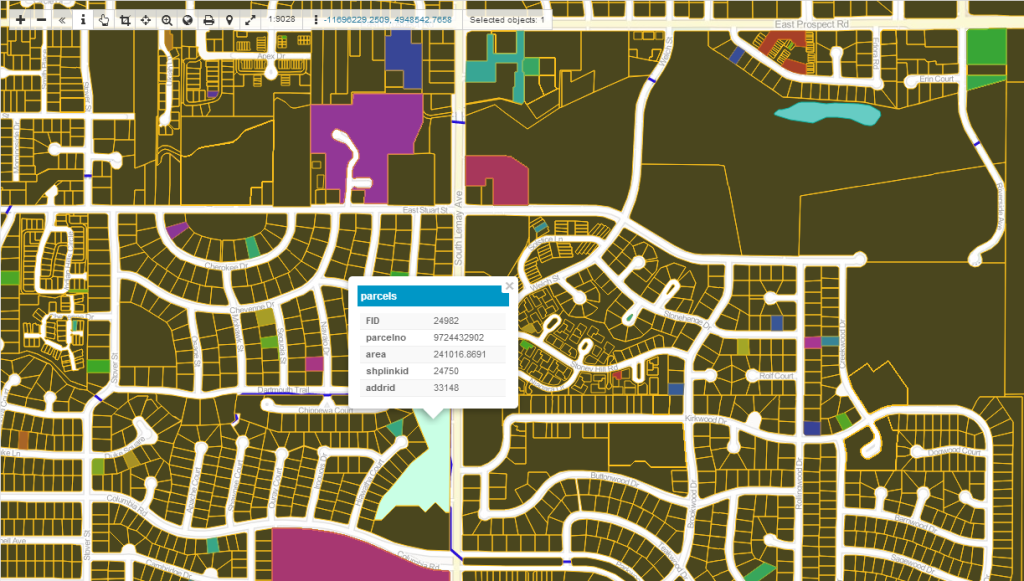

- #Editing kml in quantum gis full
- #Editing kml in quantum gis software
- #Editing kml in quantum gis free
- #Editing kml in quantum gis mac
The tool also creates a corresponding layer file that reflects the symbology established in the KML file. If you want to work with the KML features in the same way as other GIS data, use the KML To Layer tool to convert a KML (or KMZ) file to feature classes in a file geodatabase.

You cannot select KML features, use them in analysis, or display them in a legend. Their display and behavior are dictated by the settings in their source KML file. Convert KML to geodatabase features and layers Use the time slider to explore the data temporally according to the defined time stamps and time spans. When a time stamp or time span is present, the time slider is available, and the Time contextual tab appears on the ribbon. These properties are defined in the KML file and cannot be modified in ArcGIS Pro. A feature can have a time stamp, which limits its display to a single point in time, or a time span, which limits its display to a set period of time. Right-click a node in the Contents pane and click Go to camera position to reposition the point of view to the node's snapshot. A snapshot view is similar to a bookmark with a defined extent (in 2D) or camera position (in 3D). To center the geometry in the display but keep the current display scale constant, click Pan to node instead.Ī KML node may have an associated snapshot view defined.
#Editing kml in quantum gis full
When you zoom to a container node, the display zooms to the full extent of all the contained child nodes. You can also zoom to a node by pressing Alt while you click the symbol of the node in the Contents pane. To continue to zoom in a fixed amount, click Zoom to node repeatedly. This centers the geometry in the view and zooms in a fixed amount. To view a particular node in the display, right-click the node in the Contents pane and click Zoom to node. The following chart shows how the altitude modes are translated:Įven if the BalloonStyle is set to hide in the KML file, you can still show the pop-up. When KML data references the seafloor, the elevation of the KML layer references the ground instead. For example, you cannot reference the seafloor in ArcGIS Pro. The altitude modes available in a KML file differ from the elevation types available in ArcGIS Pro. Using a search term limits the features listed in the KML structure in the Contents pane to make them easier to explore. Enter a term in the Search box to limit the KML structure in the pane to only the nodes that contain the search term. You cannot select KML features, but you can search for them by keyword in the Contents pane. When this occurs, you cannot expand or otherwise see this part of the hierarchy in the Contents pane however, the associated KML features still draw on the map or scene canvas. In some cases, some parts of the KML structure may be defined in the source KML file as hidden. When you reopen the map or scene, the visibility state is reset to how it is defined in the KML layer. In KML layers, however, the visibility settings are not persisted in the layer.

Use the check boxes at each node to control the visibility of each node (and its children, if it's a container node), in the same way as other layers and group layers. The display of the KML features in the layer is dictated by the KML file, but you can turn features on or off in the Contents pane.

All of the supported elements of the source KML file are contained in the one KML layer. Display KML layersĪ KML layer references a KML file. KML data is used to visualize geographic content by identifying and labeling specific locations.
#Editing kml in quantum gis software
Raster images in various formats are supported, software can also georeference images. Vector data is stored as point, line, or polygon features. QGIS supports both raster and vector data formats. It allows users to analyse and edit spatial information, composing and exporting graphical maps.
#Editing kml in quantum gis mac
QGIS is a cross-platform application (works on Linux, Unix, Mac OSX, Microsoft Windows and Android). (While browsing, select either all files or Key Hole Markup language in file type ). Browse the KML file, in the Source DataSet type, in the pop up window opened. 2.) Select Layer in the menu bar and press Add Vector Layer or select the shortcut icon. It has features that support viewing, editing, and analysis of geospatial data. Convert KML to Shapefile in QGIS: 1.) Open up the installed QGIS.
#Editing kml in quantum gis free
QGIS (Quantum GIS) is a free and open-source desktop Geographic Information System (GIS) application.


 0 kommentar(er)
0 kommentar(er)
